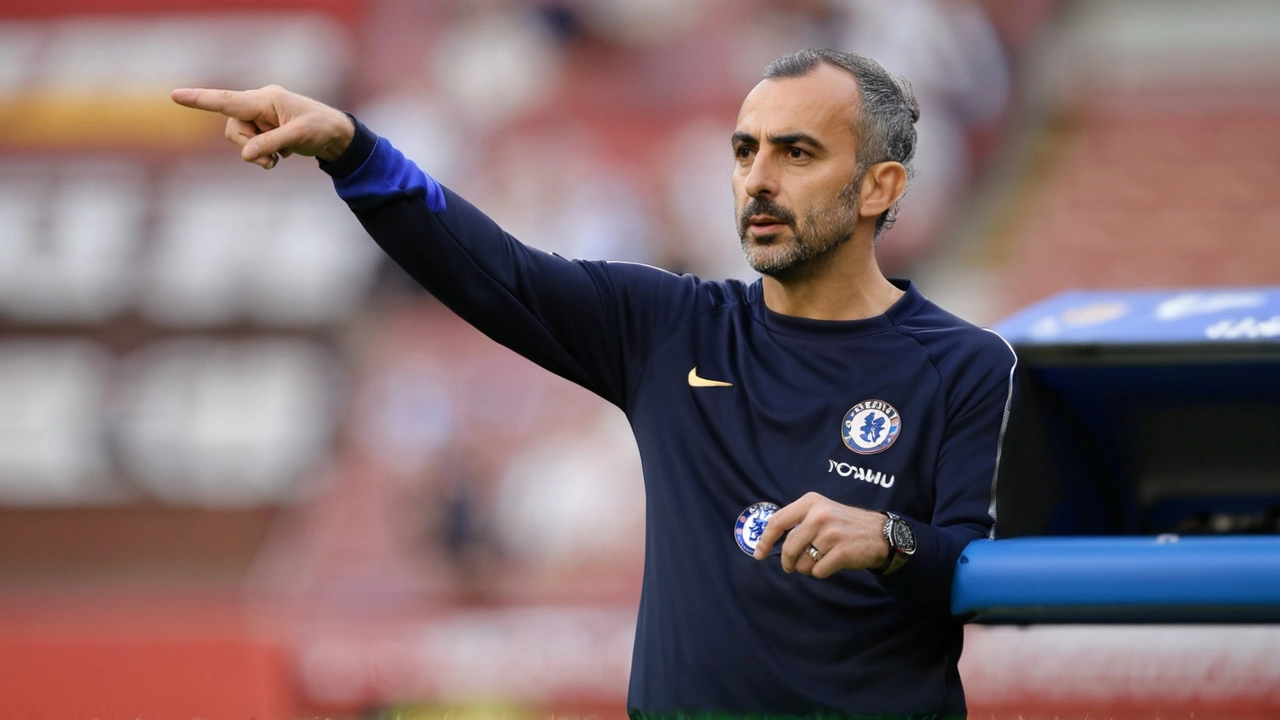High Pressing: How to Win the Ball Back Quickly
High pressing is when a team pushes many players forward to force turnovers near the opponent’s goal. It's about pressure, timing and courage. When it works you get quick chances and momentum shifts. When it fails, you leave gaps to be punished. Here’s how coaches set it up, what players must do, and simple drills you can try at training.
What high pressing looks like and why teams use it
Think of a swarm: forwards and midfielders close down the ball carrier and nearby passing lanes. The aim is to win the ball high and create immediate scoring chances. Teams use it to disrupt opponents who like to build from the back, to force mistakes, and to control where the game happens. Clubs known for this style press hard for most of the match, while others use short bursts when the moment is right.
Good examples are teams that attack in waves, forcing errors around the opponent’s penalty area. You’ll see forwards stand on the last line of defenders or step up to block easy passes, while midfielders cut off central options. Full-backs push up to keep the pressure and make passing lanes risky for the goalkeeper.
Player roles, triggers and simple drills
Roles are clear: the striker leads the press, midfielders cover passing lanes, and wide players pinch in to create overloads. The goalkeeper and center-backs must be ready to cover counters if the press fails. Stamina and quick recovery matter more than fancy footwork.
Pressing triggers are the cues that make a team decide to press. Common triggers: a back pass to the goalkeeper, a weak first touch, a pass to a full-back with no immediate options, or a bad body position. Train players to spot these moments and react in the same way every time.
Three drills you can use today:
- 4v4 in a small grid with neutral players — force quick passing and reward turnovers with a sprint to a target goal.
- Trigger-based rondos — defenders press only after a specific cue (back pass or bad touch).
- High-intensity shuttle runs followed by 3v3 pressing games — build fitness and decision speed together.
Common mistakes? Pressing without structure, players leaving huge channels, and poor recovery runs. Teams that press must rehearse the moments when the ball is lost and when it is regained. Communication and simple rules reduce chaos: who steps, who covers, and where the goalkeeper composes the play.
Watching a game, spot the press by how many players are ahead of the ball and how quickly they close the nearest options. If defenders panic and make long clearances, the press is working. If the opponent plays quick long passes into space, the pressing team must adjust or risk fatigue and conceding chances.
If you want your side to press more effectively, focus on triggers, build short high-intensity sessions, and set clear covering roles. High pressing is risky, but when done right it changes games fast.
How Enzo Maresca's High-Pressing Style Could Transform Chelsea's Gameplay
Newly appointed Chelsea assistant coach, Enzo Maresca, brings a high-intensity, high-pressing style that could significantly change the team's gameplay. Known for his aggressive tactics at Sevilla, where he led the team to a Europa League title, Maresca's strategies could align well with manager Mauricio Pochettino's philosophy. This article examines how Chelsea supporters may react to these potential changes.
